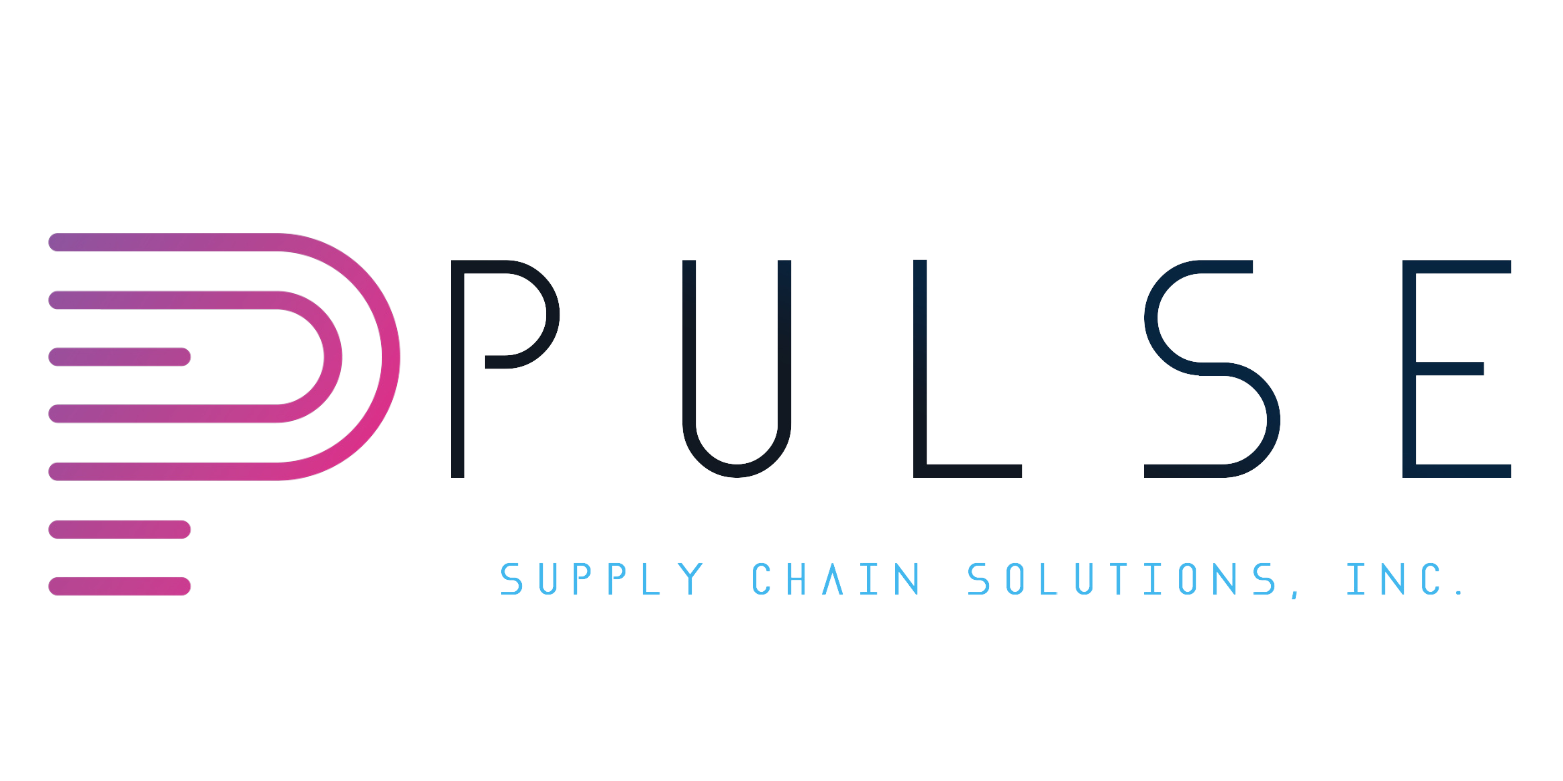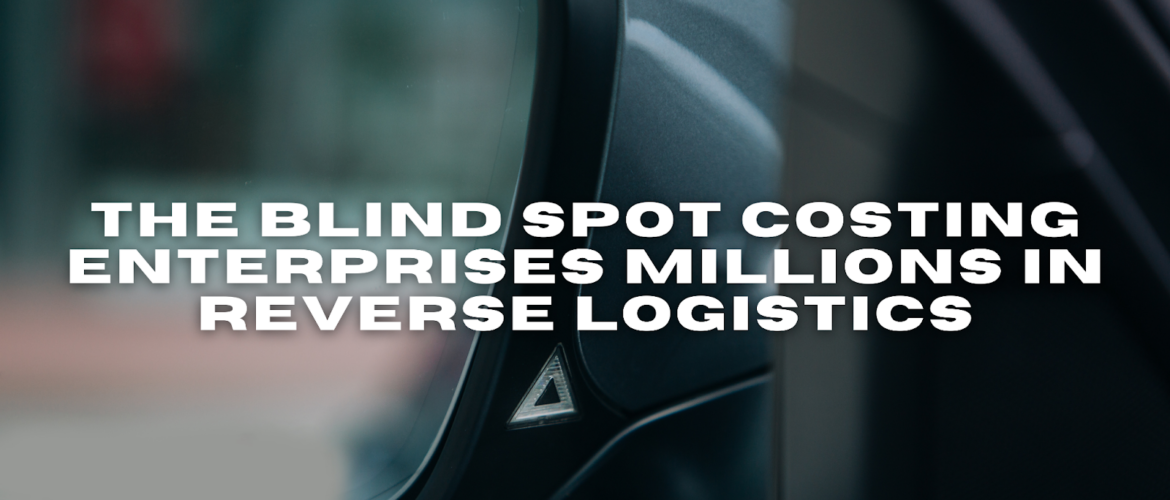
The Blind Spot Costing Enterprises Millions in Reverse Logistics
What’s it worth?
That deceptively simple question sits at the heart of one of the most expensive blind spots in reverse logistics.
Every day, large enterprises receive shipments of returned, retired, or outdated equipment like: servers, workstations, networking gear, retail devices, scanners, medical electronics, and more. But while enormous effort is put into streamlining inbound receipt, inventory, and tracking, far less is done to ask a much harder and more strategic question: Now that we’ve got it back, what should we do with it? That’s where things begin to unravel.
The struggle to assign accurate residual value to returned assets isn’t just an operational hiccup but a recurring financial hemorrhage. It costs businesses time, resale margin, internal resources, and in some cases, regulatory compliance. And most of the time, it’s not because people aren’t trying. It’s because the systems in place are built for documentation, not decision-making.
Let’s look at the scale of this issue. In 2022 alone, according to research by Deloitte, enterprises globally lost an estimated $47 billion in unrealized value recovery across IT and industrial asset classes. A significant chunk of that loss came from improper asset disposition, devices that were either prematurely recycled, incorrectly warehoused, or simply written off due to lack of insight into market demand and resale pathways. Those are dollars burned not because the asset lacked value, but because no one knew how (or had time) to extract it.
The truth is, once an item enters reverse flow, it rapidly depreciates unless decisions are made fast and with intelligence. A three-year-old networking switch, for example, might have solid secondary market value in Latin America or Africa. But if it sits unprocessed for months, the value could nosedive, not just because of age, but because of firmware obsolescence or updated compliance regulations. In tech, yesterday’s viable resale item becomes today’s liability in a matter of weeks.
This becomes even more complex when you add in product variability. Unlike forward logistics, which generally deals with uniform SKUs in bulk, reverse logistics is the land of the unknown. Devices come back in varying conditions, with different configurations, labels, and histories. Some have been wiped and cleaned. Others still contain sensitive corporate or personal data. Some are repairable. Some have salvageable parts. But unless your team is equipped to analyze condition, demand, data status, and compliance requirements on the fly, chances are that asset will be lumped into a generic processing queue—resulting in lost value or worse, reputational risk.
What makes this all the more frustrating is that the tools to solve this problem exist. Artificial intelligence and machine learning are already being used in inventory valuation models, especially in large e-commerce operations. But in reverse logistics, where variables multiply with every step, adoption has been slow. Many enterprises are still relying on spreadsheets, legacy ERPs, or manual audits to determine disposition strategies. That’s like using a pocket calculator to manage the stock exchange.
To reverse the trend, companies need more than better spreadsheets. They need end-to-end visibility into both the current state and future potential of every asset, ideally from the moment it is tagged for return. That means integrating asset condition data, market intelligence, regulatory restrictions, and cost of recovery into a decision-making engine. And that engine has to be fast.
There’s also a cultural component here. Too often, reverse logistics is managed entirely by operations teams with little input from finance, compliance, or sustainability leaders. The value of a returned item is not just its resale price, it’s also the avoided cost of new procurement, the reduction in e-waste, the environmental offset, and the brand goodwill that comes from responsible handling. When reverse logistics is isolated from strategic business planning, that broader value is rarely captured.
Enterprises need to start thinking of returned assets not as “used goods” but as dynamic opportunities. Each return represents a fork in the road, a chance to generate revenue, redeploy internally, or contribute to ESG goals or a chance to lose money and increase environmental liability. The companies that can make that decision accurately and quickly will dominate the future of circular commerce.
And those that don’t? They’ll keep throwing value into the fog, hoping something useful emerges on the other side.


